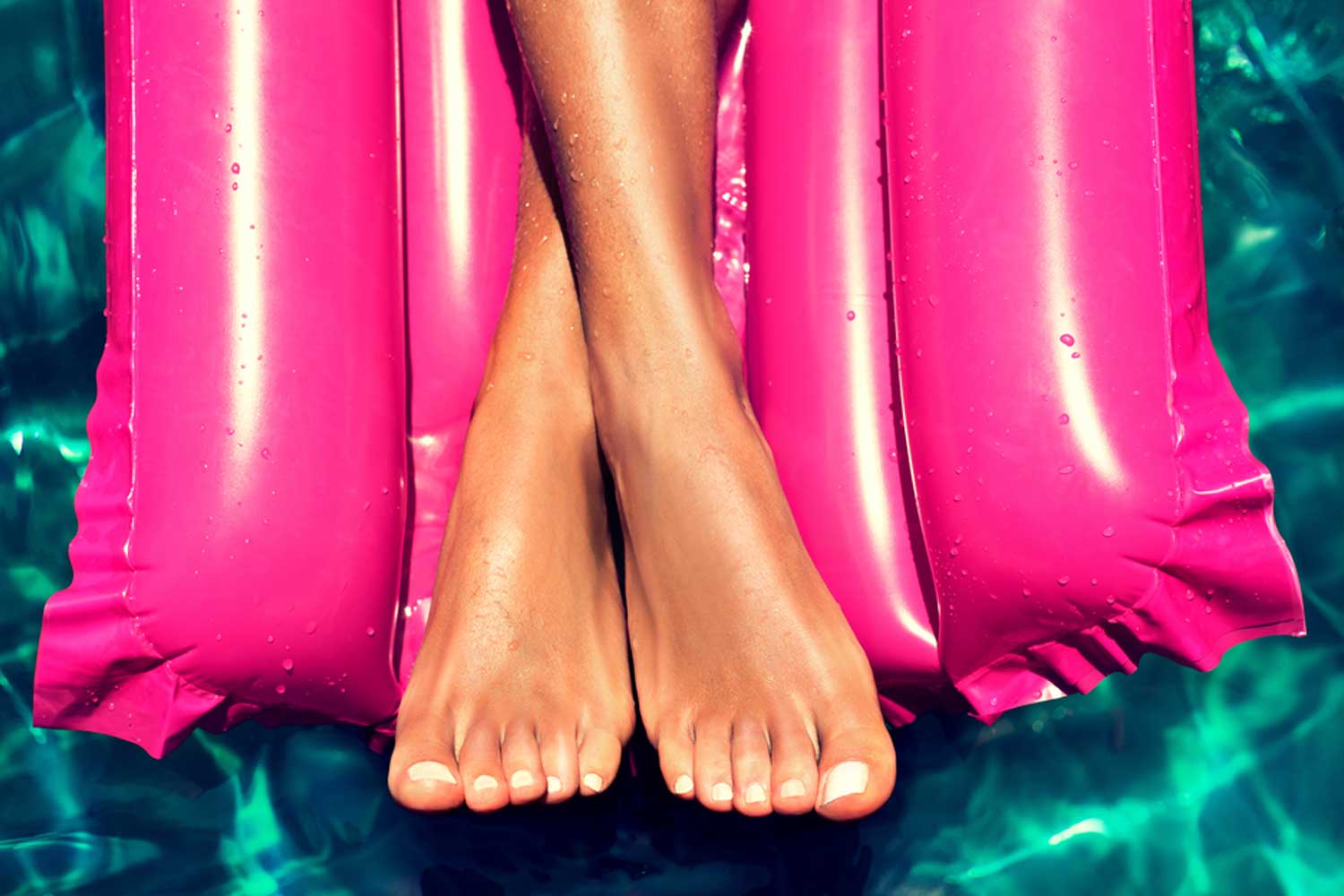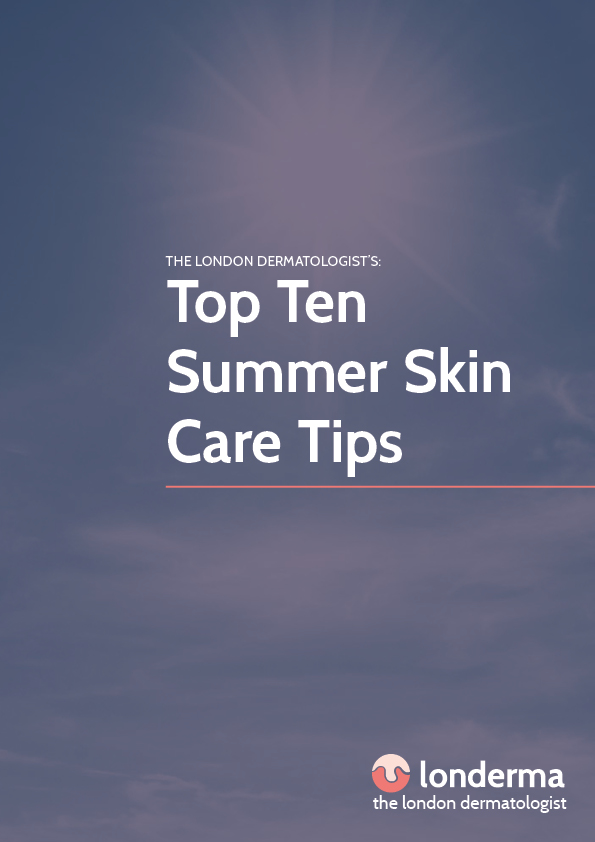Video consultations now available

An almost guaranteed way to make my patients look at me as if I am crazy is when I tell them ‘if you go on a summer holiday you should aim to come back with your skin the same colour as when you left’. But this is the correct advice.
It’s amazing how the sun tan is still so desirable to some people. This is fashion and conditioning pure and simple. Before the second half of the 20th Century a sun tan was often thought to be unattractive and undesirable and in many parts of the world this is still the case. Even in the Western world, the tan has lost some of its appeal. Just have a look at historic advertisements for sun creams from the 1970s and 1980s with deeply bronzed models, a colour that you just don’t see in advertising these days. If you think about it the behaviour of many holidaymakers is pretty bizarre. Lying for hours in strong sunlight, with minimal sun protection, exposing themselves to dangerous levels of UV, turning over occasionally almost like a piece of meat over a fire, making sure they get properly cooked!
We know that these types of short sharp sunburn increase the risk of skin cancer, and that the supposedly ‘healthy tan’ is a sign of permanent sun damage that will cause long term aging. Why do it? Dermatologists enjoy sunny holidays too! We use a high factor broad-spectrum sunblock which we apply 30 minutes before sun exposure and reapply later in the day. Between 11 and 3 in strong sun we seek shade, under a parasol on the beach for example. If we go out into strong sun we use clothing to cover the shoulders and a broad brimmed hat to cover the face, perhaps even covering the shoulders with a rash vest when splashing in the pool or sea. After 3 or 4 o’clock UV levels are lower and it’s safer to lie in the sun and enjoy the warmth, which is infrared rather than ultraviolet light and, which hangs around for later in the day. It’s important to be super careful the closer to the equator you are because the sun is probably much stronger than you are used to, so that you can burn after just a few minutes exposure.
 eBook Download: Top Ten Summer Skin Care Tips
eBook Download: Top Ten Summer Skin Care Tips